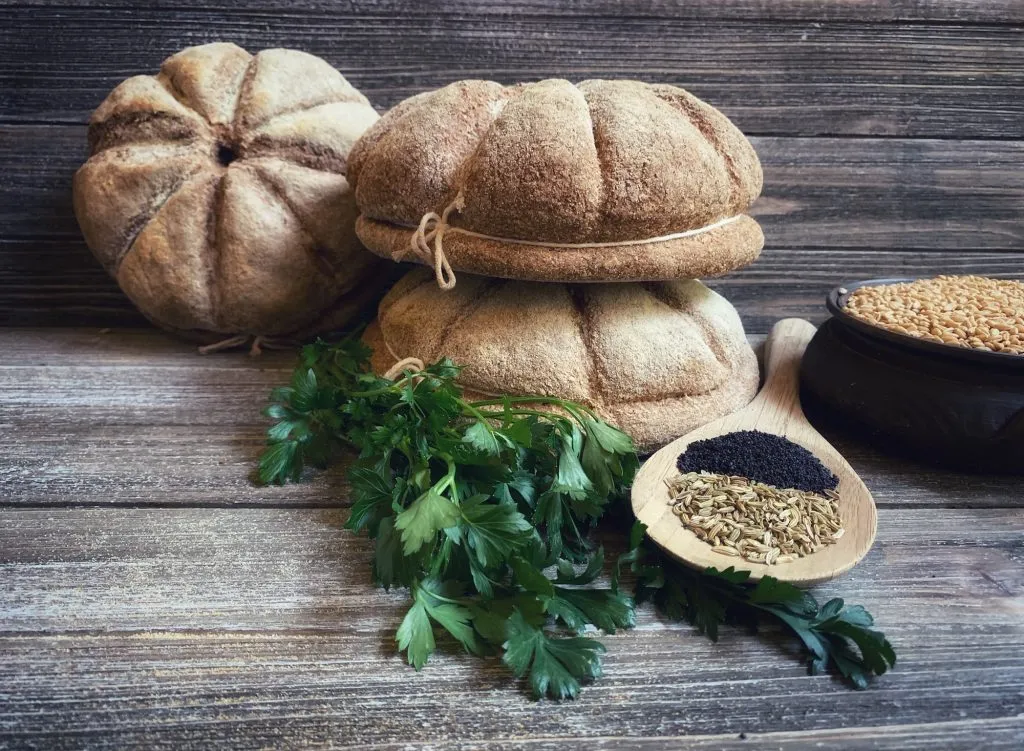In the world of bread making, the quest for the perfect aroma is a never-ending pursuit. A recent study published in the Journal of Food Quality and Hazards Control (Jurnal Kualitas dan Kontrol Bahaya Pangan) has taken a significant step forward in this quest, identifying volatile compounds and yeast species derived from the salak pondoh fruit that could enhance bread aroma. The research, led by N. Kusmiyati from the Department of Food Science and Biotechnology at Universitas Brawijaya in Malang, Indonesia, opens up new possibilities for the bread-making industry.
The study focused on two yeast isolates, YIS-3 and YIS-4, selected for their dough-leavening ability. These isolates were used to ferment bread, and the resulting volatile compounds were analyzed using Gas Chromatography–Mass Spectrometry. The analysis identified 254 volatile compounds in bread fermented with YIS-3 and 231 compounds in bread fermented with YIS-4. The dominant volatile compound in YIS-3 bread was benzeneethanamine, while o-nitrostyrene was predominant in YIS-4 bread.
Sensory evaluation revealed that there was no significant difference in aroma preference between the two samples, indicating that both yeast isolates could potentially be used to enhance bread aroma. “This is a promising finding for the bread-making industry,” said Kusmiyati. “The identification of these volatile compounds and yeast species provides a new avenue for improving the sensory quality of bread.”
Molecular identification showed that isolate YIS-3 shared 95.88% sequence similarity with Saccharomyces cerevisiae strain XZFM13-1, while YIS-4 shared 95.25% similarity with S. cerevisiae strain HBUAS61689. Both species, identified as S. cerevisiae, contributed distinctive and sensorially acceptable aroma profiles in bread fermentation.
The commercial implications of this research are substantial. The bread-making industry is constantly seeking ways to enhance the sensory quality of its products, and the identification of these yeast isolates and volatile compounds provides a new tool in this endeavor. “The use of these yeast isolates could lead to the development of new bread products with enhanced aroma, potentially increasing consumer satisfaction and sales,” said Kusmiyati.
Moreover, the research could have broader implications for the food industry as a whole. The identification of volatile compounds and yeast species derived from salak pondoh fruit could pave the way for the development of new food products with enhanced sensory qualities. “This research is just the beginning,” said Kusmiyati. “There is still much to be explored in the realm of food fermentation and the use of volatile compounds to enhance sensory quality.”
The study, titled “Identification of Volatile Compounds and Yeast Species Derived from Salak Pondoh for Bread Aroma Enhancement,” was published in the Journal of Food Quality and Hazards Control. The research provides a significant contribution to the field of food science and biotechnology, with potential applications in the bread-making industry and beyond. As the quest for the perfect bread aroma continues, this research offers a promising new direction.

